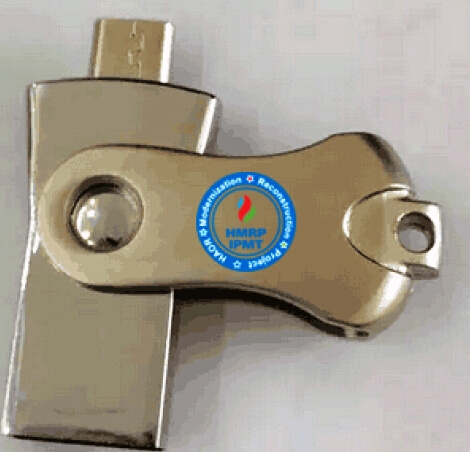For those unfamiliar with Pantone, it’s a color scheme that’s been around since 1963. It has a huge influence in the design world, especially the “color of the year” in fashion, interior design, film, packaging design and other fields have a place. 
Pantone is a wizard at choosing the right colour, which is why it is so popular in print. Yet for all its greatness, there are still times when printing Pantone colors can go horribly wrong.
The material you print affects the color of Pantone turns out. For example, you might want to print the PMS 301C(blue) on a denim jacket, but it will look slightly different than on a plastic cup.
Some materials are easier to absorb, while others are more transparent. This is part of reason why Pantone offers different types of inks – Coated or Uncoated. The Uncoated is a slightly different hue, but it may be a better choice for certain types of fabrics or materials.
Your logo may look a little different, but both Coated and Uncoated will use the same formula. When in doubt, be sure to ask before randomly choosing Pantone colors. The printer tells you what to expect.
To print the design on a ceramic mug, it goes through a thermal fixation process. This eventually changed the tone of the Pantone colors, every time!
Silicone is also a trouble maker when it comes to printing Pantone colors. The material absorbs some of the ink, causing a slight change in colour. If you’re going to buy some wine sets and make them Pantone, watch out for ceramics and silicone.
Do you plan to use the Pantone matching system on some promotional products? Please check out the free PMS Color Matcher from Quality Logo Products®!
Do you remember mixing paints to get different colors in kindergarten? Red and blue make purple, red and yellow make orange… you get the idea.
Well, printing a Pantone color on a colorful product, such as a blue keychain or a red tumbler, will inevitably change the color of the print. When you print on a white product, the logo color will 100% match the only neutral base.
If the exact Pantone color is important to your brand, try something white — a white pen, a white pressure ball, or a white water bottle. This is the best choice for accurate color.
White is usually the exact same color as Pantone, except for white textiles or ceramic mugs. Color is affected by the material and the firing process.
Pantone knows that colors can go wrong, which is why it’s easy to see the future of PantoneLive Design. You can access all colors in Adobe Illustrator and see how your colors will change on certain materials or products.
The service does cost you some money, so when you print, consider how important the exact color is to you. There are elitists out there who want their Pantone colors to be spot-on, and there’s nothing wrong with that. Take Coca-Cola for example. Do you think of any other color besides vibrant red?
Color is a matter of skill to perfect. The printer is different, the material can change the final product, and ultimately, not even Pantone can stop something like the sun from fading.
The good news is that promotional products companies, like Quality Logo Products®, can help you to stay on track. Your representative will work with you and help you to find your true colors, no matter what!
